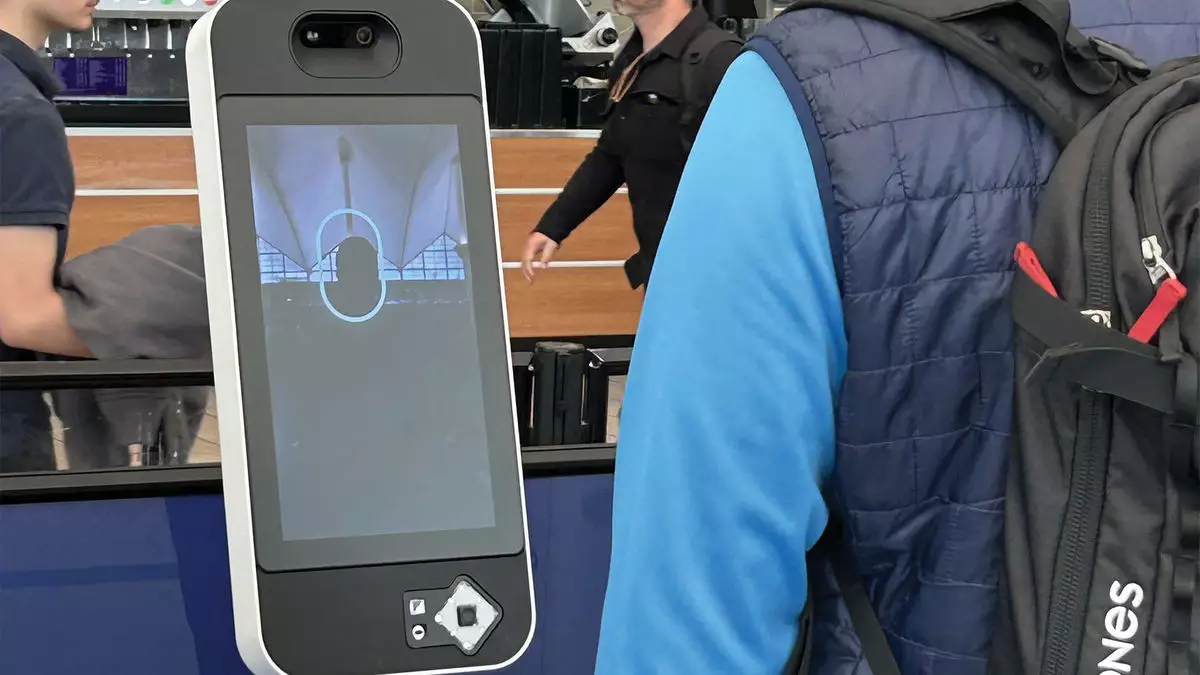In an era where efficiency and speed reign supreme, the airport experience is undergoing a significant transformation, led by Clear’s innovative facial recognition technology. By committedly integrating cutting-edge biometric solutions into airport security, Clear is not merely keeping pace with advancements; it’s setting the bar for seamless travel experiences. As of March 2023, the rollout of their EnVe facial recognition pods is making waves, boasting a remarkable adoption rate among the company’s extensive 30 million-member base, with approximately 70% already utilizing this state-of-the-art technology. This shift demonstrates the increasing demand for swift and hassle-free airport procedures which can ultimately redefine what travelers expect from air travel.
While traditional identity verification mechanisms relied extensively on fingerprint and iris scans, Clear’s EnVe system marks a pivotal upgrade. These biometric pods offer users the luxury of a swift facial verification process, drastically reducing wait times from approximately 18-20 seconds to just a few moments. As air travel resumes its pre-pandemic pace and travelers seek efficient solutions, Clear’s advancements could signal a change in how airport security is perceived—offering a glimpse into a future where time-saving procedures increase passenger satisfaction and streamline airport operations.
The Importance of Customer Experience in Today’s Travel Landscape
Clear’s executive vice president of aviation, Kyle McLaughlin, emphasizes a critical aspect of this innovation: prioritizing customer experience as a top organizational goal. In a market saturated with alternatives like TSA PreCheck, the pressure is on Clear to differentiate itself. The competitive landscape necessitates not only fast solutions but also reliable services that make air travel less cumbersome.
The introduction of a concierge service at select airports, designed to assist travelers with luggage and navigation, further encapsulates Clear’s commitment to enhancing traveler satisfaction. By providing tailored conveniences like the Ambassador Assist service, which exemplifies luxury and personalized care, Clear is strategically appealing to a variety of travelers—particularly families and seniors—who might appreciate the extra help during bustling travel days.
Yet, amidst this progress lies a looming challenge: maintaining relevance in the face of expanding TSA technologies. TSA’s own foray into touchless identity verifications poses a threat to Clear’s model, potentially luring some frequent flyers away from the premium membership service with promises of quicker processing. It underscores the critical need for Clear to not only enhance its existing services but also to communicate the unique value proposition that sets it apart.
The Tug of War Between Innovation and Privacy Concerns
Innovations in biometric technology are exciting, yet they are undeniably accompanied by a host of privacy concerns. As technology evolves, so do the dialogues surrounding personal data protection, surveillance, and consent. There is no denying that the allure of reduced airport wait times must be balanced with discussions about the implications of ubiquitous facial recognition systems.
Clear has taken steps to navigate these sensitive waters by emphasizing the secure handling of biometric data, but it remains to be seen how wide the acceptance will be. Privacy advocates are keen to scrutinize how these systems manage and store personal information. If travelers do not feel comfortable with their biometric data’s security, they may hesitate to embrace such innovations, regardless of their practical benefits.
The narrative around Clear’s development, thus far, largely reflects an optimistic trajectory, but the longstanding skepticism of biometric technologies could serve as a formidable barrier that needs addressing to achieve mainstream acceptance.
Looking Ahead: The Future of Air Travel with Clear
Clear’s next steps are poised to elevate the passenger experience even further. The experimentation with automated entry gates suggests a move toward an entirely frictionless travel experience, promising to eliminate the last vestiges of manual checks at security lanes. This not only boosts efficiency but also enhances clarity and predictability for travelers navigating highly dynamic airport environments.
As the travel industry seeks recovery from pandemic-fueled stagnation, the urgency for streamlined operations becomes increasingly apparent. Clear’s rapid advances in biometric technology and customer service enhancements position it to lead the charge in reshaping the airport experience. This future could usher in a new standard where air travel is characterized by personalization and ease, making the once-daunting security checkpoint a mere stepping stone in a greatly simplified journey. The success of these innovations will likely hinge on Clear’s ability to continuously adapt to traveler needs and remaining open to discussions, ensuring that safety and privacy are as central to the mission as efficiency and speed.


Leave a Reply